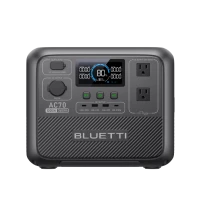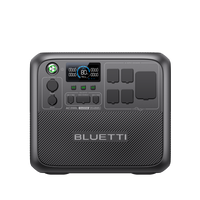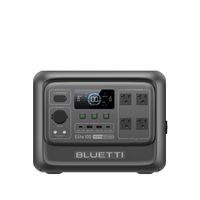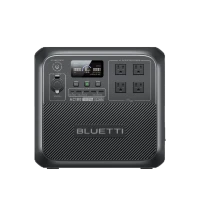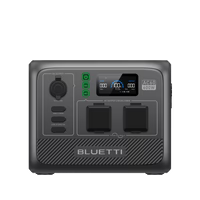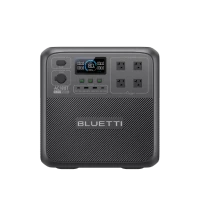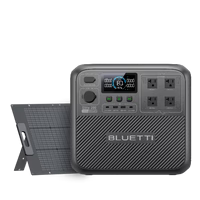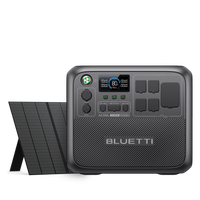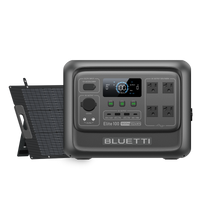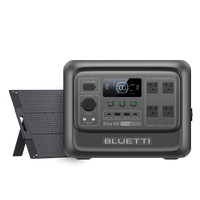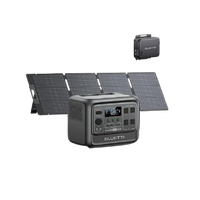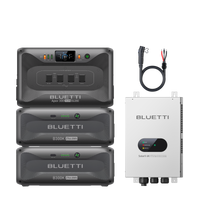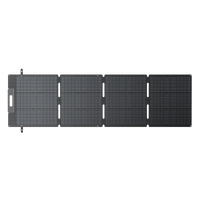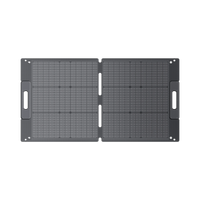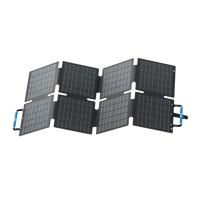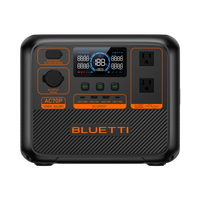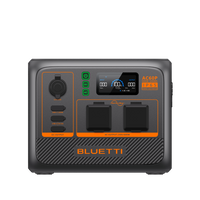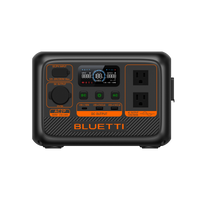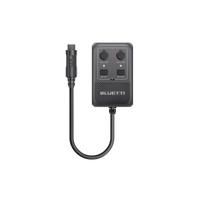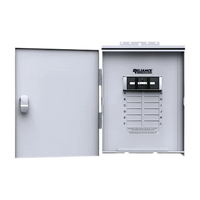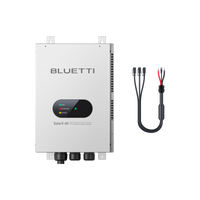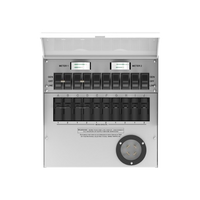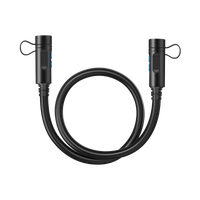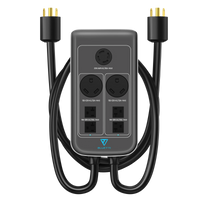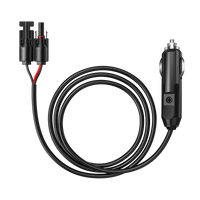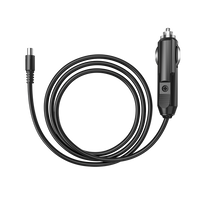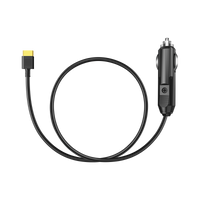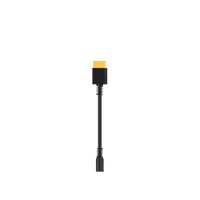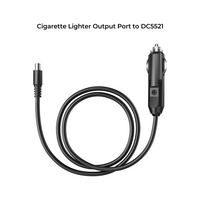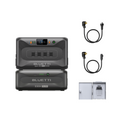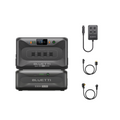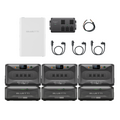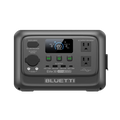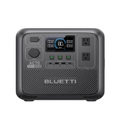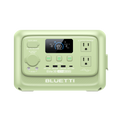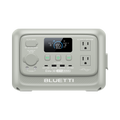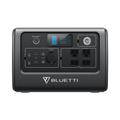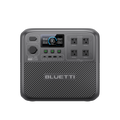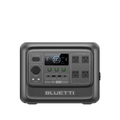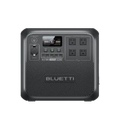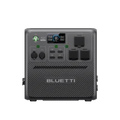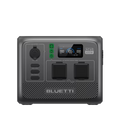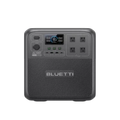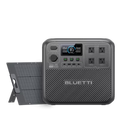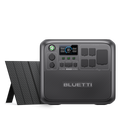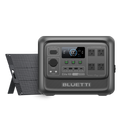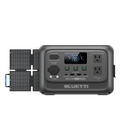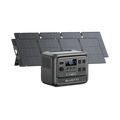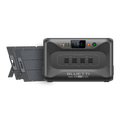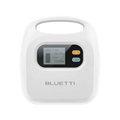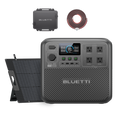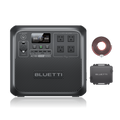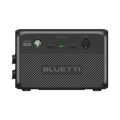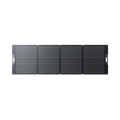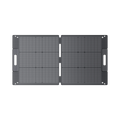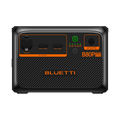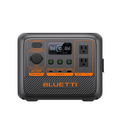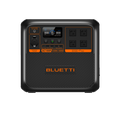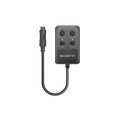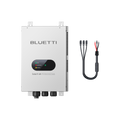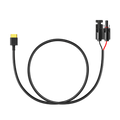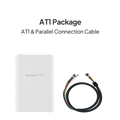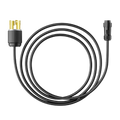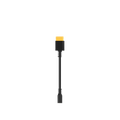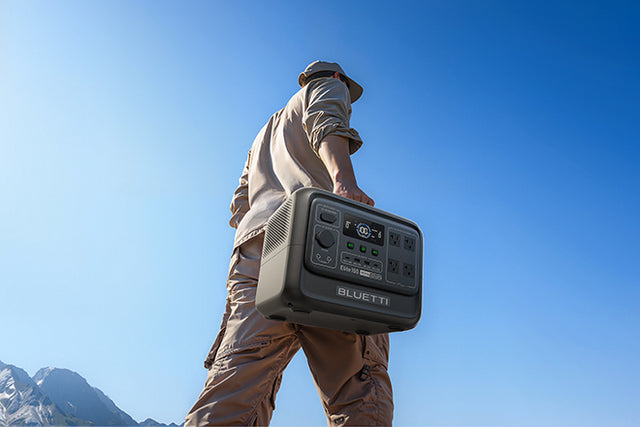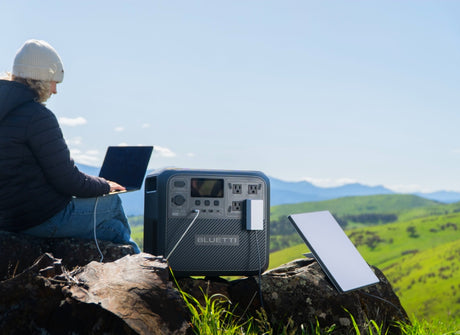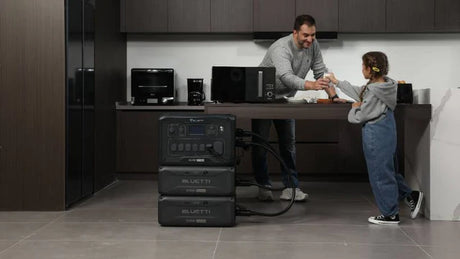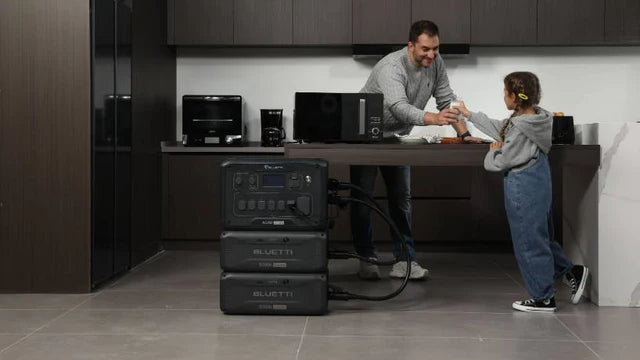If you’re asking yourself how many watts does a microwave use, you’re not alone. Microwaves are ubiquitous in Canadian homes, but how much electricity they use — and what that’s costing you in energy bills each year. Knowledge on microwave power usage can assist you in selecting the best microwave, utilizing your energy wisely and saving up on electricity costs.
We’ll teach you everything you need to know about microwave wattage and how it impacts your bill as well as how to determine the electricity cost of running your microwave for an hour. Let’s dive straight in.
What Is Microwave Wattage?

At its core, wattage refers to the amount of electrical power a microwave uses to operate. This is an important number for several reasons:
- It determines how fast your microwave cooks or reheats food
- It impacts how much electricity the appliance consumes during use
- It directly affects your electricity bill, especially if you use the microwave frequently
Most household microwaves operate anywhere between 600 watts and 1,700 watts, with typical home models ranging from 800 to 1,200 watts. The wattage level is often listed on the appliance’s label or in the user manual.
Why Does Wattage Matter?

Higher wattage means more power. A 1,200-watt microwave can cook quickly and more efficiently than a 700-watt micro. But, a higher wattage microwave also does consume more electricity per minute of use. So there’s a tension between power, speed and expense.
Typical Microwave Wattage Ranges
Microwave ovens fall in the range of those general wattage categories:
Small Microwaves (600–800 Watts)
These are typically smaller models present in tiny homes, hotel rooms or RVs. They draw less power but also take longer to heat or cook food. Good for heating tea or a small meal, but not useful for big cooking.
Medium Microwaves (800–1,000 Watts)
Ideal size for the majority of homes in Canada. They strike a good balance between getting the job done and being energy efficient. Great for everyday tasks like defrosting and reheating frozen reheats.
High-Power Microwaves (1,000–1,700+ Watts)
Intended for quicker cooking and greater food capacities. This is where commercial or high end home models usually land. These microwaves expedite cooking but consume more electricity.
How Much Electricity Does a Microwave Use in Canada?

If you’ve ever wondered how much electricity your microwave uses in Canada, the answer comes down to two things: its wattage and how long you run it each day. Microwaves are labeled with a watt rating (often between 600 and 1,200 watts), which tells you how much power they draw when operating. The longer you use it, the more electricity it consumes.
Measuring Microwave Power Consumption in Kilowatt-Hours (kWh)
In Canada, your electricity provider bills you based on kilowatt-hours (kWh), which is the amount of power used over time. To figure out how much electricity your microwave consumes, you can use a simple formula:
kWh= Watts Used × Hours of Use
1000
This calculation lets you convert your microwave’s wattage into kWh, which you’ll see on your utility bill.
Example Calculation
Let’s say your microwave is rated at 800 watts and you run it for 15 minutes a day (that’s 0.25 hours). Plugging this into the formula:
800×0.25÷1000=0.2 kWh per day
That means your microwave uses 0.2 kWh of electricity each day.
Over a full month (30 days), that adds up to:
0.2×30=6 kWh per month
What That Means for Your Bill
To find out the actual cost, you simply multiply those 6 kWh by your local electricity rate (measured in cents per kWh). Since electricity prices vary across provinces—Ontario, Alberta, and British Columbia each have different rates—the monthly cost of running your microwave will differ depending on where you live. Still, this example shows that even if you use your microwave daily, it contributes only a small portion to your overall energy bill compared to larger appliances like ovens or stoves.
Portable Power for Everyday Microwave Use
The BLUETTI Elite 100 V2 is a great fit if you need an easy, compact answer to your microwave usage at home, when camping or during a power outage. 1,800-watt constant power will handle microwaves between 600 and 1,700 watts continuous without a grind. That is, if your microwave pulls 1,200 watts, the Elite 100 V2 can pass that through with no loss of efficiency and with power left to spare for other things (lamps! routers!).
This model’s 1,024Wh LiFePO₄ battery provides you with deep energy storage so that you can use your microwave for multiple cooking cycles…(up to 15 minutes or less per day), similar to typical kitchen use. And, its TurboBoost™ charging technology recharges your gear from 0 to 80% in only 45 minutes using ACsolar input – not ideal if you’re constantly on the move or trying to solar power your off-grid life.
Its ultra-quiet 30dB operation won’t disrupt noisily; with multiple AC and USB outlets (11 in all), you can charge your microwave alongside your phone, laptop and more all at once, easily controlled via smart app. Microwave Power Consumption For the on-the-go Canadian who needs power and efficiency into one package, look no further than our Elite 100 V2.
Average Yearly Consumption by Microwave Wattage
Here’s an estimate of typical yearly energy consumption assuming 15 minutes of daily use (about 91.3 hours annually):
|
Microwave Wattage |
Yearly kWh Consumption |
|
600 W |
54.8 kWh |
|
700 W |
63.9 kWh |
|
800 W |
73 kWh |
|
900 W |
82.2 kWh |
|
1,000 W |
91.3 kWh |
This shows that even small changes in wattage can significantly affect power use over time.
How Much Does It Cost to Run a Microwave in Canada?
In Canada, the average electricity rate varies by province but hovers around 13 to 20 cents per kWh. Using the yearly consumption figures above, you can estimate your microwave’s electricity cost.
For a standard 1,000-watt microwave running 15 minutes a day:
- Yearly consumption = 91.3 kWh
- Average cost per kWh = CAD 0.15 (example)
91.3×0.15=CAD13.70 per year
So, your microwave would cost roughly CAD 1.14 per month to run under typical use.
How to Find Your Microwave’s Wattage
If you’re unsure about the wattage of your microwave, here are a few ways to check:
- Look for a label on the microwave door, back, or inside the unit showing “Power Consumption” or “Rated Wattage”
- Check the user manual for technical specifications
- Perform the “Time to Boil” test: Boil one cup of water and record how long it takes. Approximate wattage estimates are:
- Less than 2 minutes: 1,000+ watts
- 2.5 minutes: Around 800–1,000 watts
- 3 minutes: Around 600–700 watts
Factors Influencing Microwave Power Consumption
So what determines how many watts your microwave actually uses?
Cooking Time
The more time you run your microwave, the bigger a role it plays in how much electricity you use. And since an operating microwave pulls current all the time, this cumulative wattage quite literally adds up. For example, an 1,000 watt microwave oven operated for five minutes uses half the energy of the same appliance that is used ten minutes. So, short tasks like reheating a cup of coffee don’t even appear on your energy bill, while more protracted cooking cycles (for full meals) do. Paying attention to cooking times helps you keep energy consumption in check.
Microwave Efficiency
Not all microwaves transform electricity into cooking power as efficiently. An efficient microwave uses more of the watts it draws to heat food and less on waste heat inside the machine. This distinction can mean that two same-powered microwaves deliver different outcomes in actual use. Efficiency also factors in things like how long it takes the microwave to heat food, with faster models paying off in less time and energy spent. An energy efficient model is going to save you a good amount of power over time.
Standby and Defrost Modes
Microwaves are also capable of wasting power when they’re not being used to cook. Standby power, also known as “phantom load,” lets digital displays, clocks and internal electronics work. Although small compared to active cooking, it adds up over the course of a year. Likewise, defrost or lower-power modes won’t run at full wattage necessarily but will switch on and off in shorter spurts for longer overall running time. It’s definitely something to think about, though, if you are keeping tabs on the overall electricity use of your household.
Size and Features
The physical dimensions of your microwave have a huge impact on its energy consumption. Larger models are usually rated for higher wattage as they require more power to produce sufficient microwaves to penetrate the larger amounts of food. And models with higher-end features — like convection ovens, grilling elements or sensor-cooking functions — draw more power to operate those systems. A convection microwave can serve, for instance, as a miniature oven with all the heat generation and wattage use that implies beyond a mere reheating device. When shopping, balancing the added convenience of extra features with the extra electricity costs they portend is key.
High-Capacity Power for Heavy-Duty Microwave Use

If you need a bigger power station, perhaps to drive large microwaves or multiple kitchen appliances in addition to your microwave, the BLUETTI Apex 300 is noteworthy. This beast features a robust 3,840W continuous output and a surge capacity of up to 7,680W—plenty to use even high-wattage microwaves as well as other loads such as toasters or electric kettles.
With a battery capacity of 2,764.8Wh, it offers long lasting power autonomy that lets you enjoy longer cooking or use the microwave as often as you want without ever running out of juice. Apex 300’s automotive-grade LiFePO₄ battery design enables its to support 6,000+ cycles and over 17 year life of daily use making it an intelligent investment for long-term energy efficiency.
Its 0ms seamless UPS transition makes sure that even your most sensitive gadgets and kitchen appliances never lose power to an outage (essential when cooking depends on minutes). Fast AC charging and high solar input let you power up fast so you can always have enough juice. The BLUETTI Apex 300 power station is suitable for homes, RVs and remote cabins or even off-grid installations where stable power performance and capacity are needed to bear the microwave power consumption in a comfortable zone.
Tips To Cut Your Microwave Power Use
You can reduce your microwave energy consumption without forgoing convenience by:
- Cooking mindfully. Use the microwave no more than necessary.
- Do not use over high power to cause reduction in the microwave setting.
- For meals, use appropriately sized microwaves. Don't heat a small amount of food in an oversized machine.
- To see the absolute best performance from your microwave it should be maintained regularly.
FAQs
What is the wattage of an average size microwave?
The vast majority of microwaves in Canadian households consume an average of 800 to 1,200 watts as they run.
Do more watts in a microwave oven use more electricity?
Yes, but also it cooks in less time (so the overall power usage might even out depending on cooking times).
How can I measure my microwave’s energy consumption?
Multiply your microwave’s wattage by the number of hours used, and then divide by 1,000 to get kWh.
Is it more economical to bake in a microwave or conventional oven?
Microwaves also tend to be far more energy efficient and cook food much faster, so they’re cheaper for reheating or making meals in small quantities.
Does microwave standby power consumption influence my electricity bill?
Standby power consumption is minimal, but unplugging the microwave when it’s not in use can save a little on your bill.







